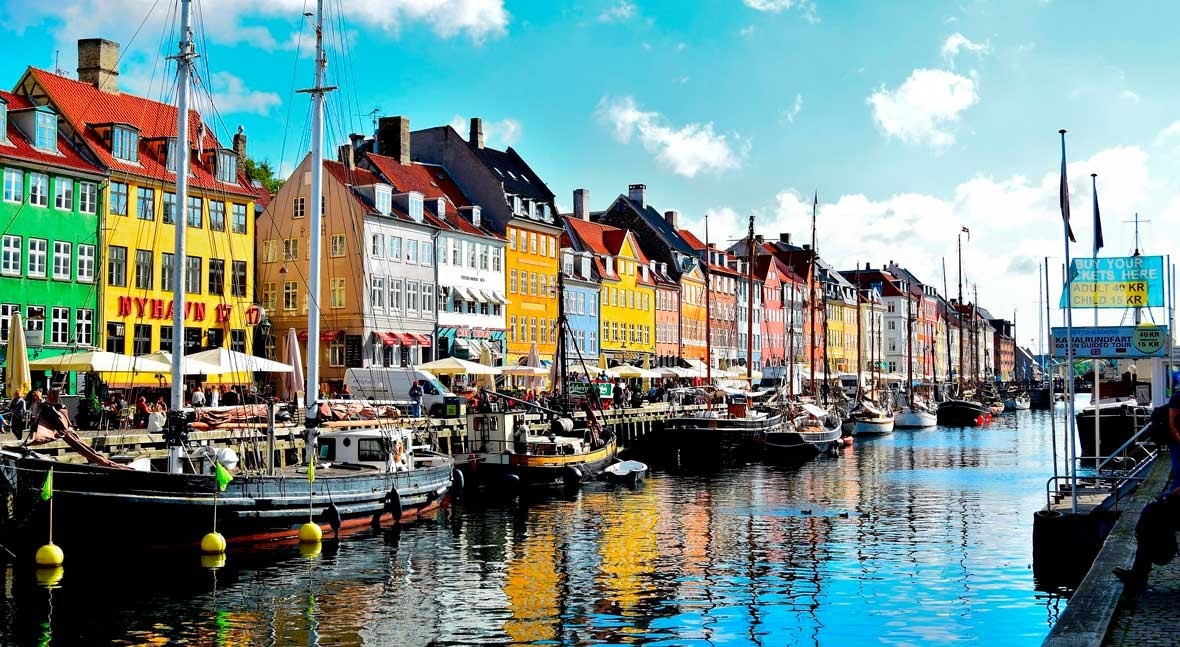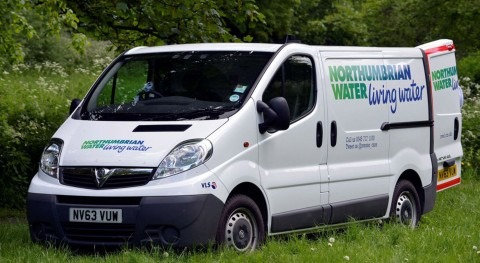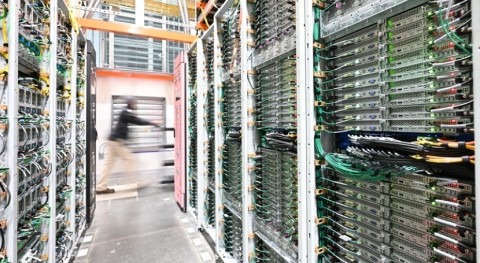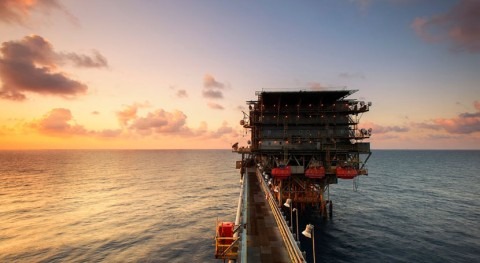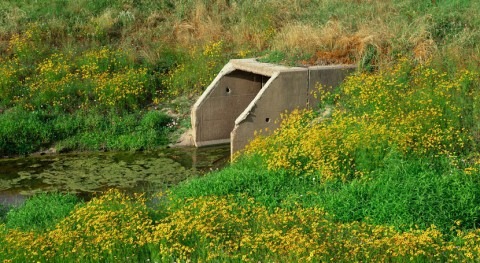In Denmark, domestic water use has gradually decreased over the past few years, to the current average of 104 litres per person per day, informs The Mayor. To put this in perspective, the average consumption in Europe is 128 litres per day, according to EurEau data.
How did Danish residents reduce the volume of water they consume? Apparently, the approach has two parts to it, and the purpose is to change perspectives.
First, water prices in Denmark are quite high: 63 Danish Krona (more than 8 euros) per cubic metre. The high price has driven citizens to use water more responsibly. But that high cost has also enabled Danish authorities to invest in an outstanding water treatment system, so the country boasts one of the most drinkable water supplies in Europe. Tap water in Denmark is probably better and healthier than bottled water.
Now price in itself cannot ensure citizens use water responsibly, and in fact another Nordic country, Norway, has the second highest water prices in Europe at just below 6 euros per cubic metre, yet their average national consumption is among the highest at 200 litres per person per day, as per EurEau data. So, what else is there to it?
The second major element is the country’s approach to sustainability and climate change. Denmark is a leading country in the fight against climate change ─ the government has pledged to reduce greenhouse gas emissions by 70% by 2030 ─ and has even appointed a Climate Ambassador to promote the country’s ambitious environmental agenda internationally.
Thanks to this environmentally friendly attitude and the high price of water, Danish citizens have successfully reduced their water consumption. Perhaps something we can all learn from.

